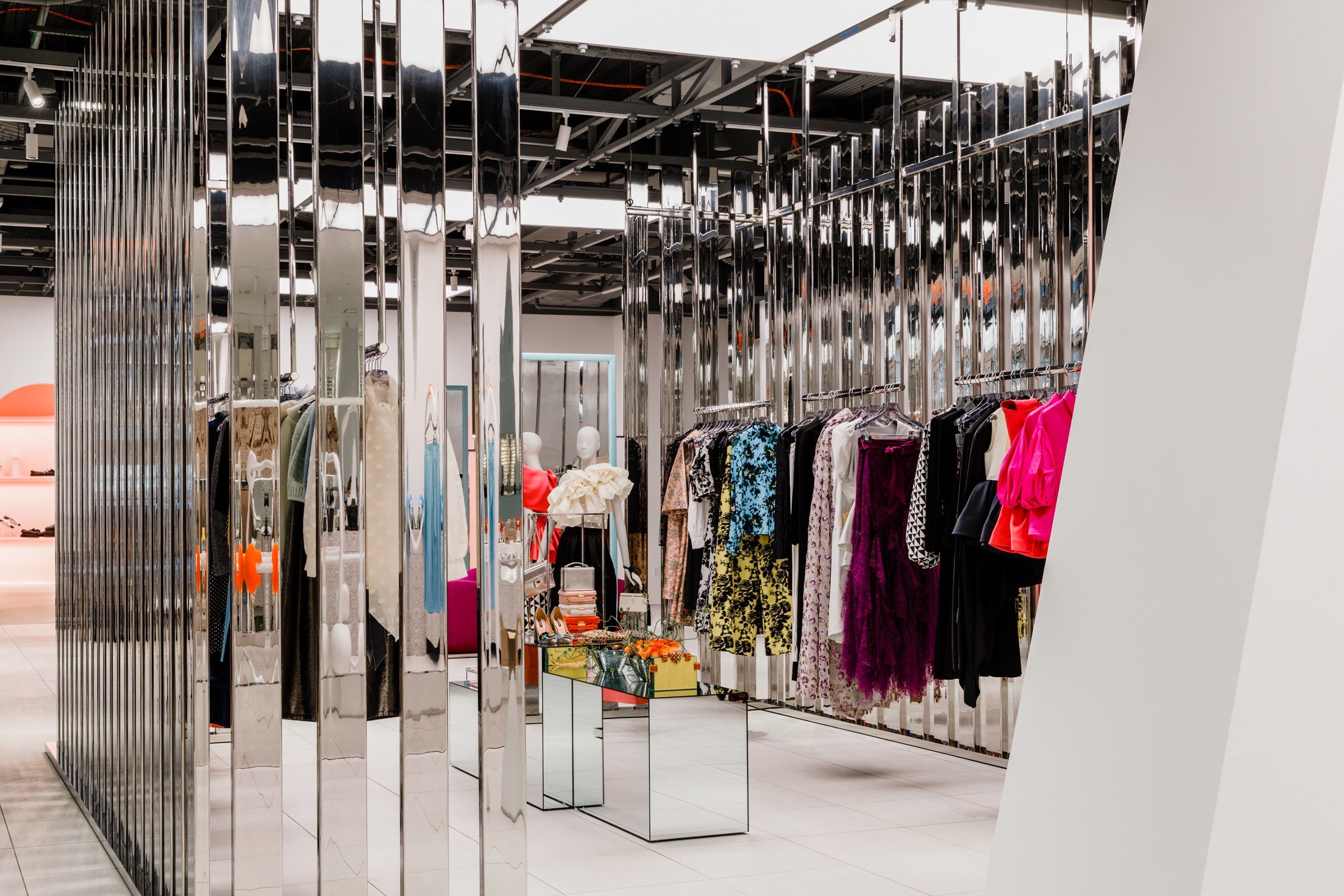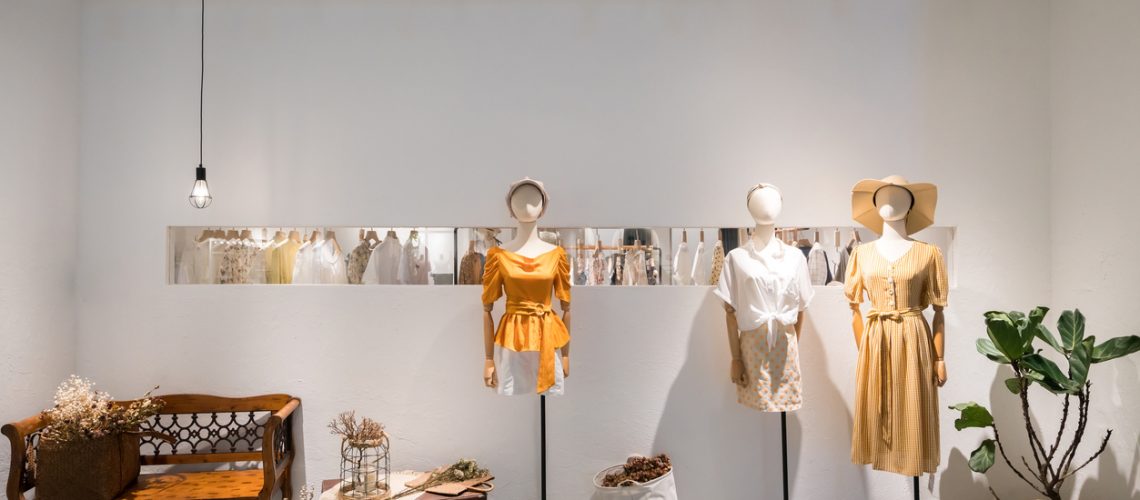Unveiling the Tricks Behind Cost Effective Boutique Fashion
Unveiling the Tricks Behind Cost Effective Boutique Fashion
Blog Article
Discovering the Development and Influence of Clothing on Modern Style Trends
The evolution of clothes has actually considerably affected modern-day fashion patterns, combining historical precedents with sophisticated developments. Legendary figures like Coco Chanel and Yves Saint Laurent reinvented the apparel industry by presenting principles that prioritize convenience and access, which continue to resonate today. At the same time, technological strides in areas such as 3D printing and wise fabrics are redefining layout possibilities and consumer experiences. Furthermore, the expanding emphasis on inclusivity and sustainability is reshaping sector standards. As we take into consideration these diverse impacts, one should question exactly how these components collectively redefine style's duty in reflecting and shaping contemporary society.
Historical Style Influencers
In the tapestry of fashion history, particular figures have left an indelible mark, forming the fads and designs that define whole periods. Coco Chanel, a revolutionary developer, redefined females's fashion by introducing comfy, classy garments that departed from restrictive bodices. Her famous Chanel fit and little black dress have ended up being timeless staples in closets worldwide. Christian Dior's post-war "New Look" in 1947, with its party of womanhood with full skirts and cinched waistlines, marked a return to luxury and has proceeded to influence designers.
Elsa Schiaparelli is one more essential figure, renowned for her avant-garde styles that integrated surrealist art, collaborating with Salvador Dalí to produce wayward pieces that tested standard aesthetic appeals. Her innovative use color and vibrant patterns reverberates in modern fashion. Yves Saint Laurent, meanwhile, equalized high style with prêt-à-porter collections, bringing runway designs to the masses and setting a precedent for modern-day ready-to-wear lines.
These visionaries, to name a few, not only reinvented fashion in their times yet also established sustaining patterns that reverberate in today's fashion sector, offering a foundation upon which modern developers remain to construct and innovate. Their legacies emphasize the value of creative thinking and daring in fashion's ever-evolving story.
Technical Advancements in Style
Amidst the vibrant landscape of the apparel industry, technical innovations stand at the forefront of technology, reshaping how developers produce and consumers involve with fashion. The combination of 3D printing has actually reinvented style processes, allowing developers to trying out complicated frameworks and sustainable materials that were previously inconceivable. This technology helps with fast prototyping, decreasing waste and accelerating manufacturing times.

Smart fabrics, embedding modern technology into textiles, are also changing the industry. Technologies like temperature-regulating and self-cleaning textiles provide boosted functionality and convenience. Wearable modern technology, integrating attributes like physical fitness monitoring and communication, includes a new measurement to style, merging visual appeals with usefulness.
Cultural Changes and Style
As technological innovations continue to reshape the style sector, cultural shifts are just as influential, redefining style and customer preferences. Recently, the increase of social networks systems has actually accelerated the dissemination of global fashion fads, permitting diverse cultural influences to exist side-by-side and converge. This electronic interconnectivity has helped with the fast exchange of ideas, bring about a more inclusive and eclectic interpretation of style that shows the diverse nature of modern-day society.
Cultural awareness and appreciation have prompted designers to draw inspiration from a broader spectrum of ethnic and historical contexts, incorporating typical themes with contemporary visual appeals. This blend has resulted in fashion that resonates with a broader audience, promoting a sense of identification and belonging across various demographics. Additionally, the boosting need for customization has driven brand names to offer adjustable alternatives, making it possible for customers to express uniqueness while showing their social heritage.
In addition, changing social worths have influenced fashion, with inclusivity and variety ending up being central motifs. The industry has begun to embrace designs and influencers of various type of body, ethnicities, and gender identities, tough standard elegance requirements. This makeover emphasizes the power of social shifts in forming the future of style, as design becomes a much more authentic expression of collective and personal identification.
Sustainability and Modern Style
While the fashion sector remains to advance, the vital for sustainability has actually ended up being increasingly immediate, affecting modern design practices. This change intends to resolve ethical considerations and environmental concerns, bring about a reevaluation of traditional manufacturing approaches. Developers are now incorporating sustainable products, such as natural cotton, moved here recycled polyester, and biodegradable materials, into their collections, lowering the ecological impact of style. The rise of slow-moving style, which emphasizes top quality over amount, motivates customers to purchase timeless pieces instead than short-term fads.
Moreover, modern layout is identified by its development in lessening waste and promoting circularity. Methods such as zero-waste pattern cutting and 3D knitting are obtaining grip, permitting developers to develop garments with very little textile wastage. Furthermore, brands are embracing clear supply chains, ensuring liability and fostering customer trust fund. This technique not just reduces ecological impact but also enhances the social obligation of style residences.

Future Trends in vogue

Sustainability will certainly remain to be a driving pressure in shaping future style trends. The sector is increasingly taking on environment-friendly materials and ethical manufacturing techniques, reacting to a growing consumer demand for responsible practices. Developments such as bio-fabricated products and closed-loop recycling systems are set to redefine how garments is created and consumed, lowering ecological effect while maintaining design and quality.
Cultural changes, consisting of the increase of inclusivity and variety, will likewise play a critical duty. As culture comes to be extra mindful of social problems, fashion is anticipated to become a platform for expression and modification. Designers will likely concentrate on developing collections that mirror a try this web-site more comprehensive series of identifications and experiences, promoting depiction and availability.
Verdict
The advancement of garments considerably influences modern style fads, where historical impacts merge with contemporary layouts. This continuous development highlights style's function as a mirror to social worths and technical development, suggesting a future rich with development and inclusivity.
The development of garments has actually considerably affected modern-day fashion trends, merging historical criteria with advanced developments.Among the vibrant landscape of the style market, technological advancements stand at the forefront of advancement, improving how developers develop and customers involve with style.While the style market proceeds to develop, the necessary for sustainability has actually become progressively immediate, influencing contemporary style techniques. As sustainability comes to be ingrained in modern-day style, it leads the means for an extra responsible and mindful style industry.
The development of apparel considerably influences modern style trends, where historic impacts combine with modern designs.
Report this page